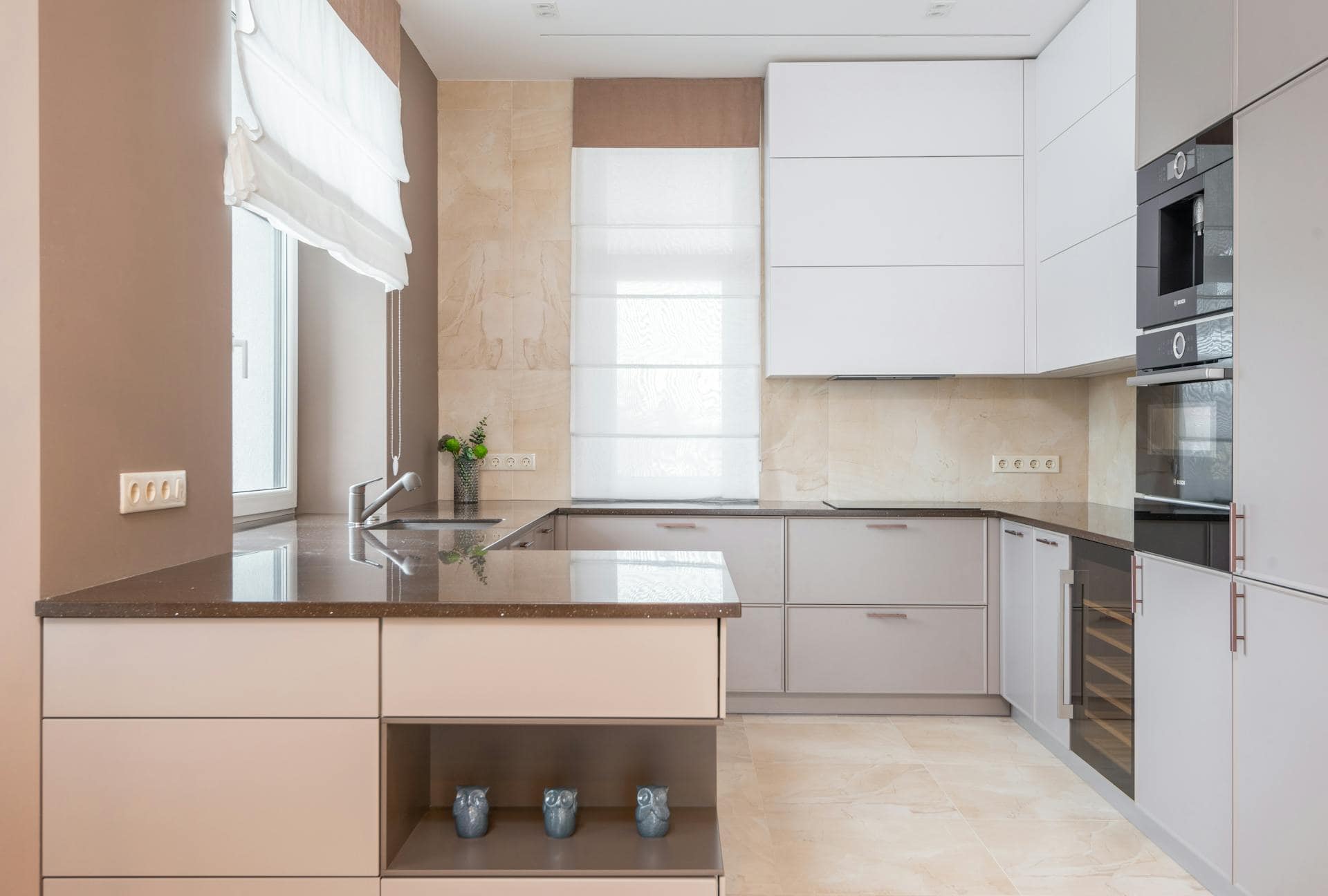
Question: What Is the Difference Between Built-In and Built Under Refrigerators?
Answer: Differences between built-in and built-under refrigerators include: Built-in refrigerators sit flush with cabinetry, offering a seamless look. Built-under refrigerators slide under a counter, leaving the top exposed for a counter-depth appearance.
Built-In vs. Built-Under
Refrigerators serve as kitchen centrepieces, blending functionality with style. Two popular choices, built-in and built-under models, often cause confusion. This article clarifies the differences between these refrigerator types, empowering you to select the perfect fit for your kitchen. We will explore dimensions, ventilation, installation processes, aesthetic considerations, and cost implications. This information will equip you to make an informed decision, ensuring your new refrigerator harmonizes seamlessly with your kitchen design and meets your practical needs. Whether you prioritize a sleek, integrated look or favour greater flexibility and affordability, understanding these distinctions is crucial.
Understanding the nuances of built-in and built-under refrigerators ensures your choice aligns perfectly with your kitchen layout, budget, and lifestyle. From installation requirements to visual impact, each factor plays a significant role in determining the ideal refrigerator for your home. This detailed comparison will provide you with the knowledge you need to make a confident and informed decision.
Dimensions and Space Requirements
Built-in refrigerators fit precisely within surrounding cabinetry, creating a seamless, integrated appearance. These refrigerators typically adhere to standard cabinet depths, offering a flush finish. Conversely, built-under refrigerators offer more flexibility in depth. They can extend slightly beyond standard cabinetry, accommodating larger storage capacities.
This dimensional difference significantly impacts kitchen layout planning. Built-in models require precise cabinet construction to ensure a perfect fit. Built-under models offer more leeway during installation, accommodating variations in surrounding structures. Consider your available space and desired storage volume when evaluating these options.
Click here for more information on kitchen cabinet refacing Toronto
Related Article: What Is the Difference Between Integrated and Built-In Fridge?
Related Article: Are Built-In Fridges a Standard Size?
Installation Process
Installing built-in refrigerators demands precision and specialized skills. These appliances integrate seamlessly with surrounding cabinetry, requiring accurate measurements and careful fitting. Built-under refrigerators offer a simpler installation process, often requiring less extensive cabinet modification.
While a professional installer is recommended for both types, built-under models provide some flexibility for experienced DIY enthusiasts. Factor in installation costs and complexity when making your decision. Built-in models typically involve higher installation expenses due to the precise fitting required.
Aesthetic Considerations
Built-in refrigerators prioritize a streamlined, integrated aesthetic. They blend seamlessly with cabinetry, creating a uniform kitchen design. This cohesive look enhances visual appeal, particularly in modern or minimalist kitchens.
Built-under refrigerators offer a slightly more prominent profile. While they still integrate well with surrounding elements, they may not achieve the same flush, built-in appearance. Consider your desired aesthetic and kitchen design when choosing between these options.
Cost Comparison
Built-in refrigerators generally command a higher price point due to their specialized design and precise dimensions. Their integration capabilities and premium aesthetic contribute to the increased cost.
Built-under refrigerators typically offer a more budget-friendly option. Their simpler installation and greater flexibility in dimensions often translate to lower overall costs. Assess your budget and weigh the cost against desired features and aesthetic preferences when making your selection.
Maintenance and Accessibility
Both types of refrigerators require regular maintenance to ensure optimal performance. Cleaning condenser coils, checking door seals, and maintaining proper temperature settings apply to both types. Accessing these components for maintenance might be slightly easier with built-under models due to their less integrated design.
Consider the ease of accessing these components for routine maintenance when making your decision. While both types require similar maintenance procedures, the accessibility of components might vary slightly depending on the specific model and its integration with surrounding cabinetry.
Conclusion
Choosing between built-in and built-under refrigerators requires careful consideration of various factors. Dimensions, ventilation, installation process, aesthetics, and cost all play a role in determining the ideal choice for your kitchen.
Built-in refrigerators offer a seamless, integrated look, prioritizing aesthetics and a flush finish. Built-under models provide greater flexibility in dimensions and installation, often at a more accessible price point. Evaluate your kitchen layout, budget, and desired aesthetic to make an informed decision that perfectly suits your needs. By understanding the key differences between these refrigerator types, you can create a kitchen space that is both functional and visually appealing.

Blue Malue Get in touch with Blue here.
